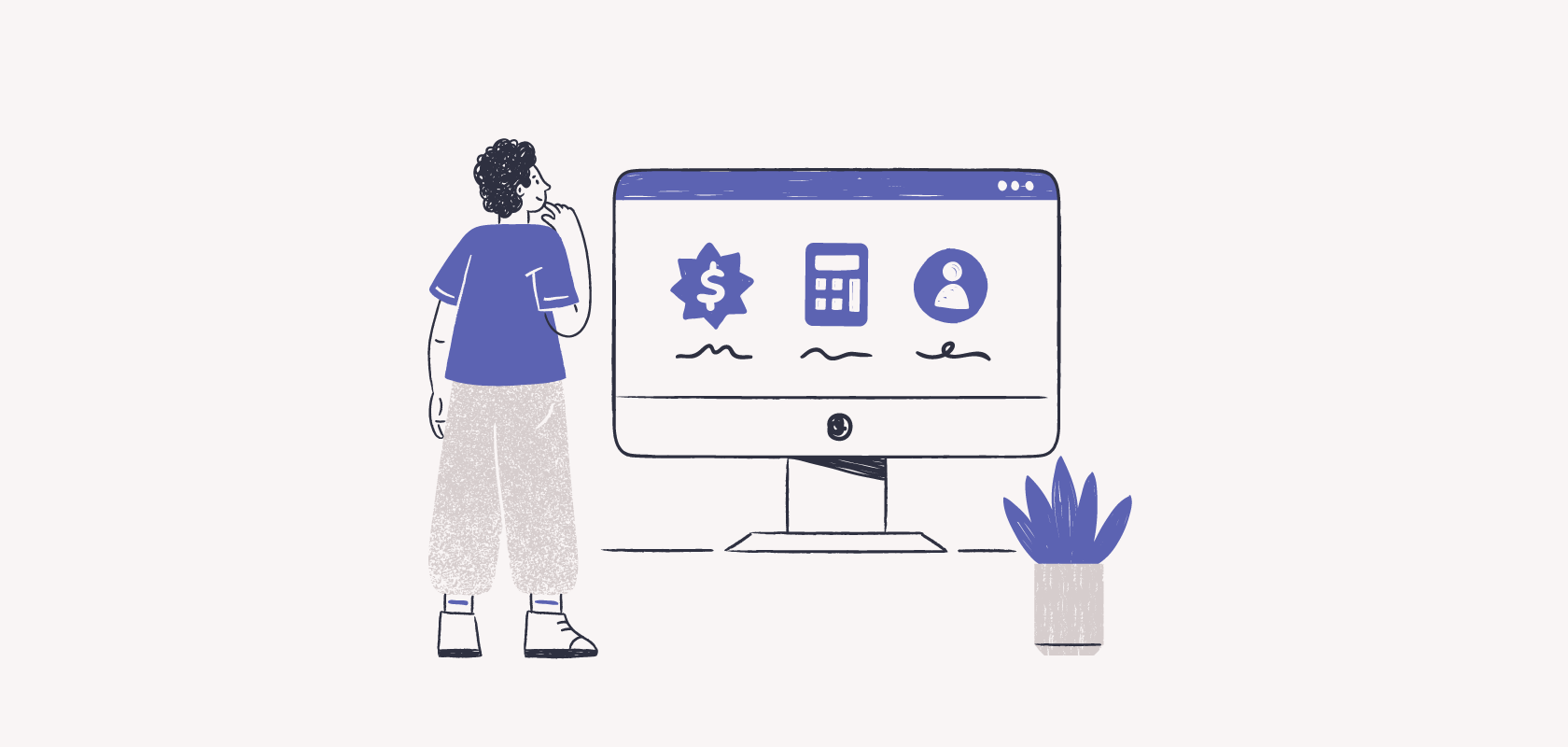Become an insider!
Get our latest payroll and small business articles sent straight to your inbox.
Are you trying to solve productivity by doing more of the wrong things?
It’s a fact that virtually every organization and individual within those organizations, is being asked to ‘do more with less’. Therefore, the key question right now should be, ‘How do we maximize productivity and performance, simply and easily? One of the most effective ways to fast-track productivity and performance intelligently is by maximizing employee engagement and motivation.
The problem is that many organisations are getting frustrated because engagement solutions they’re implementing aren’t getting effective ‘cut through’ and the desired improvement in employee engagement scores.
Many traditional employee engagement initiatives have fallen short by offering ‘band aid’ solutions or an ineffective mixture of employee benefits which have commonly created a ‘whinge entitlement’ culture. Most initiatives have focused on tackling the symptoms of disengagement, rather than understanding what uniquely engages the individual.
So why aren’t many organisations getting the engagement results and performance improvements they were hoping for?
More research than implementation?
We know that employee engagement (EE) increases performance (P) and productivity (P), which leads to increased profitability ($) in organisations.
Many organisational leaders see employee engagement and motivation as a soft skill, so to make it more tangible (for the bean counters) HR teams typically conduct a lot of research. Based on the findings, organisations will then put in place general engagement strategies (what we call Organisational Engagement Plans or OEP).
The problem is that many organisations spend the majority of their time and effort (some up to 80%) on employee engagement research, but only a minority on implementation of engagement strategies.
Organisational Engagement Plans (OEP) miss the mark
These broad-brush engagement plans are ineffective for three key reasons:
- Rating vs. Importance: Just because employees might score a certain issue poorly in the research – for example ‘Opportunity’ (e.g. need for career development and growth) – it doesn’t necessarily mean strategies to try and improve it should be a priority. That issue may not be that important to most employees, so why invest a lot of time and resources in trying to improve it?
- One Size Doesn’t Fit All: Broad-brush organisational strategies focus on the general common denominator or ‘average employee’, rather than specific drivers that motivate each individual. Basically one size doesn’t fit all – never has, never will.
- Limited Resources: Due to limited time and resources, HR can only focus on a few strategies based on the top issues identified in the engagement research.
Team Engagement Plans (TEP) not specific enough
A potential solution to the ineffective OEP has been to make people leaders more responsible in creating unique engagement plans at a team level (TEPs) which a useful up to a point. As with Organisational Engagement Plans (OEP), these can also be limited, because what engages the team in general will most likely not be the same as what motivates and engages an individual within that team. Team Engagement Plans (TEP) are better than Organisational Engagement Plans (OEP), but again, one size does not fit all.
The Workforce of One Alternative
Over the last decade, we’ve found that if organisations truly want to engage and motivate employees, they have to recognize that everyone is different. We need to take the “workforce of one” philosophy and treat employees as individuals, not just as team members or a number on the payroll.
But isn’t it too time consuming and complicated, when everyone is so unique? The answer is relatively simple, although the application does require know-how.
Organisations first need to give employees the tools to help them clarify what their top motivational drivers are and what strategies will help them maximize each of those drivers. Enter Personal Engagement Plans (PEP).
Personal Engagement Plans (PEP) maximise engagement and motivation
Personal Engagement Plans (PEP) are by far the most effective way to engage and motivate people simply and easily.
They might sound harder, more time consuming and a bit of a paradigm shift, but really all people leaders should have been having these conversations with their people all along. The good news: doing a PEP can take as little as 20 minutes or they can even be almost automated by using motivation and engagement systems such as www.meCentral.com.
What are the barriers to fully engaging and motivating your workforce?
From our bench-marking research of human resource directors over the last few years at LifebyDesign.com.au, we have found that there are six key obstacles stopping organisations fully realizing their workforce potential when it comes to employee engagement:
- Employee Clarity (78%)
- Time Poor (70%)
- Skills, Tools & Resources (66%)
- Inaction (62%)
- Leader Buy-in & Commitment (57%)
- Ineffective Solutions (40%)
Employee clarity creates control and empowerment
Enlightened human resource leaders are becoming increasingly aware that getting employees clear on what engages and motivates them is the first and most important step in intelligently maximizing workforce productivity and performance.
The fact is that most employees might know what they don’t want, but fewer know what really does engage and motivate them. Psychologically if employees are not clear then it creates three problems:
- Employees tend to default to pay and reward as the main motivator and potentially move back to a ‘whinge entitlement’ culture.
- People leaders will have virtually no chance of engaging them.
- Employees can’t take responsibility for their own engagement and motivation because they don’t know where to start.
Employee [Activated] Engagement
The good news is that once employee clarity is achieved, 70-90% of engagement and motivation can be improved by the employee themselves – it’s just that until now most haven’t had the tools to know how.
For effective employee-driven productivity and employee engagement, a bottom-up approach is the way forward. This approach is employee activated, where everyone is treated as an individual, because broad-brush initiatives are too generic. So instead of implementing top-line initiatives, HR leaders who are serious about improving performance and productivity need to arm their people leaders and employees with the tools and resources to be able to do Personal Engagement Plans (PEP) and in doing so get individual employees to understand and be responsible for what engages and motivates them.
Guest Post by:
Ian Hutchinson (G.Dip.Psy, B.Bus, CSP) is founder and Chief Engagement Office (CEO) of LifebyDesign.com.au, experts in Employee- Driven Productivity (EDP). This ‘self-responsibility approach’ to engaging and motivating employees is the missing link to simply and easily maximising productivity and performance. Ian has worked with most of Australia’s Top 10 companies, many Best Employers, was awarded Educator of the Year in 2012 by the National Speakers Association of Australia, creator of employee engagement system meCentral.com and is author of “People Glue: Engagement and retention strategies that stick”. Contact Ian at 02 9979 4949, info@lifebydesign.com.au or www.LifebyDesign.com.au
![]()











